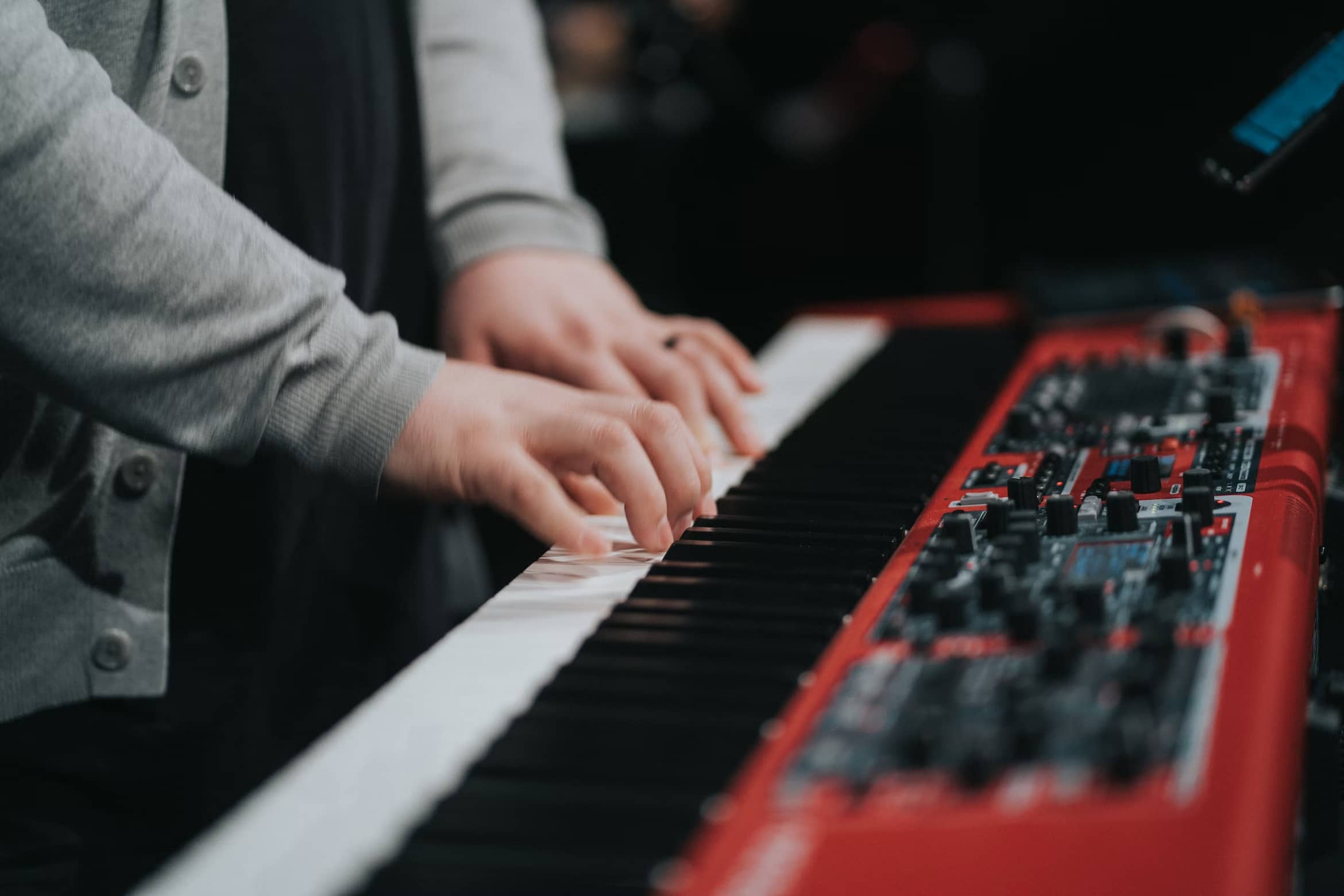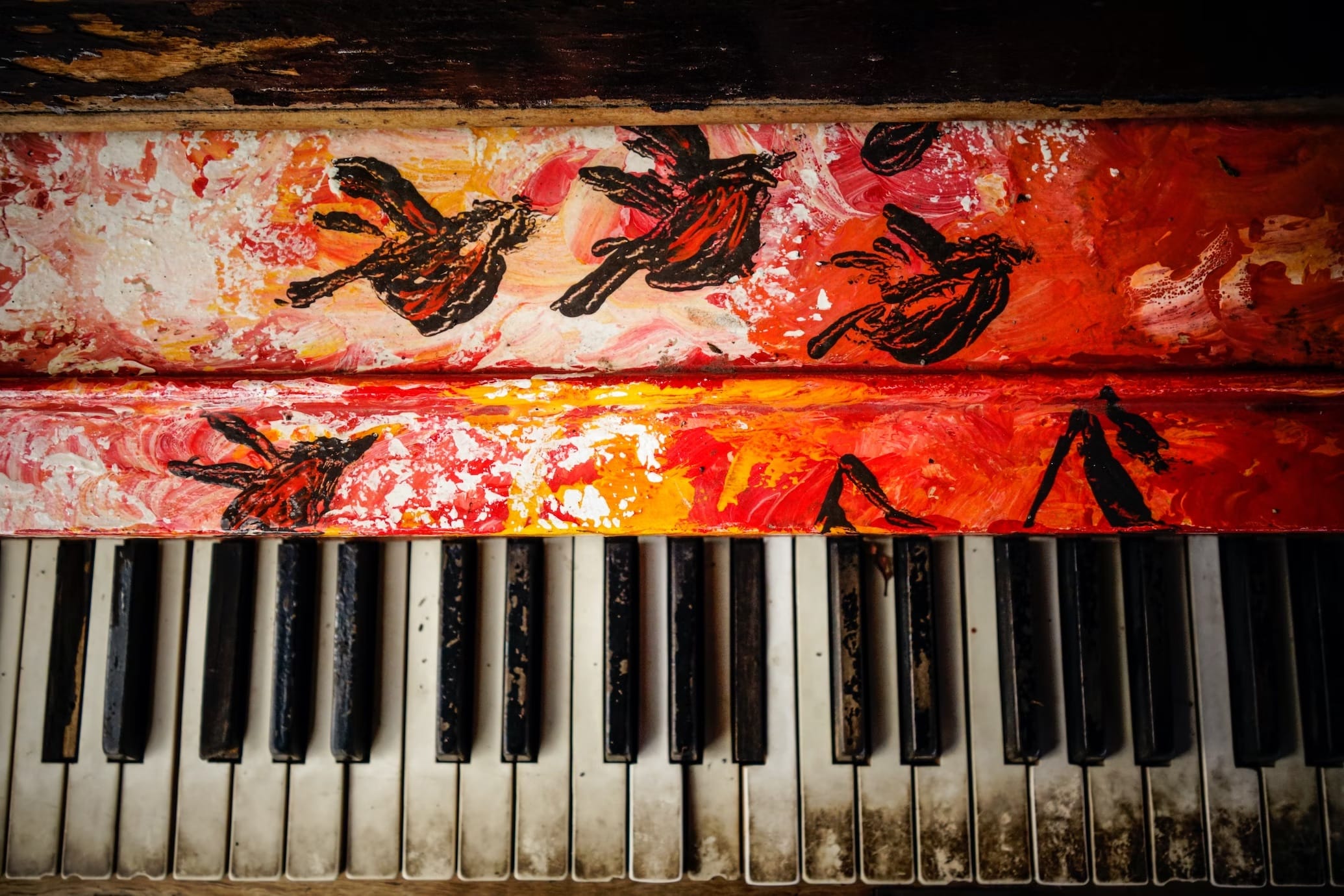Choosing the perfect keyboard or digital piano can be daunting, especially considering the vast array of options and price points available. This in-depth guide will help you navigate the world of keyboards and digital pianos, providing a comprehensive breakdown of the various factors influencing their cost. With this knowledge, you’ll be better equipped to make an informed investment in your musical journey.
 Portable Keyboards
Portable KeyboardsPortable keyboards are lightweight, compact, and designed for easy transport. They often include built-in speakers, making them ideal for practice and casual playing. The cost of portable keyboards ranges from $100 to $500, with the price generally increasing with the number of features and higher sound quality. Some popular brands offering portable keyboards include Yamaha, Casio, and Roland.
Arranger keyboards cater to composers and performers, offering advanced features like auto-accompaniment, sequencers, and multi-track recording. Depending on their capabilities, these keyboards range from $500 to $3,000. Popular brands for arranger keyboards include Korg, Roland, and Yamaha. Higher-end models often have a more extensive selection of sounds, styles, and editing capabilities.
Synthesizers are electronic instruments designed to produce a wide variety of sounds. They offer extensive sound manipulation options, appealing to music producers and experimental musicians. Synthesizers can cost anywhere between $300 and $4,000. Some well-known synthesizer brands include Moog, Korg, and Arturia. The price is influenced by factors such as the range of available sounds, sound quality, build quality and the complexity of the instrument’s interface.
Digital pianos aim to emulate the sound and feel of an acoustic piano. They provide a more authentic playing experience, often featuring weighted keys and high-quality sound samples. Digital pianos typically range from $500 to $3,000. Some popular digital piano brands include Yamaha, Roland, and Kawai. The price depends on factors like the quality of the sound engine, key action, and the inclusion of additional features such as Bluetooth connectivity and built-in recording functions.
Stage pianos are designed for live performances, providing exceptional sound quality, durability, and portability. They may not include built-in speakers, as they are often connected to external amplification systems. Prices for stage pianos range from $1,000 to $5,000. Renowned stage piano brands include Nord, Yamaha, and Roland. The cost is affected by factors such as the number of available sounds, quality of key action, build quality and the presence of performance-enhancing features like layering and splitting.
Workstations are all-in-one instruments, combining the capabilities of synthesizers, arranger keyboards, and digital audio workstations (DAWs). They cater to professional musicians and producers and can cost anywhere between $1,000 and $7,000. Popular workstation brands include Korg, Roland, and Yamaha. The price depends on the quality of the sound engine, the range of available sounds, and the complexity of the instrument’s interface and editing capabilities.
Key count and action significantly impact the price of a keyboard or digital piano. A full-sized instrument with 88 keys and weighted or graded hammer action will cost more than a smaller keyboard with fewer keys and synth or semi-weighted action. The different types of key action include:
Higher-quality sound samples and sophisticated sound engines can drive up the cost of an instrument. More expensive models typically feature better sound quality, expressiveness, and a more extensive range of available sounds. Factors that contribute to improved sound quality include:
Instruments made from higher-quality materials and with superior craftsmanship will typically cost more. These instruments often boast enhanced durability and longevity. Some factors that contribute to better build quality include:
The brand and model of a keyboard or digital piano can also affect its price. Renowned brands with a reputation for quality and innovation tend to command higher prices. However, it’s essential to research and compares different models within a brand’s lineup, as the features and quality can vary significantly.
A keyboard or digital piano’s range of features and functionality can greatly impact its cost. Instruments with more advanced features like connectivity options, sound editing capabilities, and built-in effects will generally be more expensive. Some notable features to consider include:
When budgeting for a keyboard or digital piano, it’s essential to factor in the cost of necessary accessories. These can include:
These accessory costs can vary based on the quality, brand, and type of accessory you choose, so it’s essential to factor them into your overall budget.
When purchasing a keyboard or digital piano, you may have the option to buy a new or used instrument. Both options have their advantages and disadvantages.
 Buying New
Buying NewPros:
Cons:
Pros:
Cons:
Before purchasing a keyboard or digital piano, evaluate your musical goals and the features that best support your development. Consider your current skill level, the styles of music you wish to play, and any specific features that may be essential for your progress.
Establish a realistic budget for your instrument, taking into account the costs of accessories and any ongoing maintenance. This will help you narrow down your options and make an informed decision.
Spend time researching and comparing different models, brands, and types of keyboards and digital pianos. Read reviews, consult with knowledgeable musicians, and visit local music stores to test out various instruments.
While it’s essential to find an instrument that fits your budget, avoid sacrificing quality for the sake of saving money. Investing in a quality instrument will support your musical growth and ensure a better playing experience.
Choose an instrument that will grow with you as your skills develop. Opting for a more advanced model with additional features can prevent the need for an upgrade in the near future.
Proper care and maintenance of your keyboard or digital piano are crucial for ensuring its longevity and maintaining optimal performance. Here are some key tips to follow:
Regularly clean your keyboard or digital piano to remove dust, dirt, and fingerprints. Use a soft, dry cloth to wipe down the keys and casing, and avoid using harsh chemicals or abrasive materials that could damage the instrument.
Exposure to extreme temperature and humidity fluctuations can damage your instrument’s components and affect its sound quality. Keep your keyboard or digital piano in a stable environment, avoiding direct sunlight, radiators, air conditioners, and damp spaces.
When not in use, cover your keyboard or digital piano with a dust cover to protect it from dust and dirt. This simple measure can help keep your instrument clean and prolong its lifespan.
When storing or transporting your instrument, use a protective case or gig bag to shield it from damage. If you’re using a stand, ensure it’s sturdy and stable to prevent accidents.
Some keyboards and digital pianos may require firmware updates to ensure optimal performance and compatibility with accessories or software. Check your manufacturer’s website for updates and follow their instructions for installation.
Treat your instrument with respect and handle it carefully to prevent damage. Avoid dropping or jarring the keyboard, as this can cause internal components to become dislodged or damaged.
Investing in a high-quality keyboard or digital piano is crucial for beginners and experienced musicians. A quality instrument provides a better playing experience, encourages consistent practice, and supports your musical development. By understanding the factors influencing the cost of a keyboard or digital piano, you can make an informed decision and find the perfect instrument for your needs and budget.
In conclusion, the cost of a keyboard or digital piano varies greatly depending on the instrument’s type, brand, features, and quality. By considering your musical goals, setting a budget, and researching different models and brands, you can find the ideal instrument to support your musical journey. Remember to factor in accessory costs and ongoing maintenance, and invest in a quality instrument that will grow with you as your skills develop.